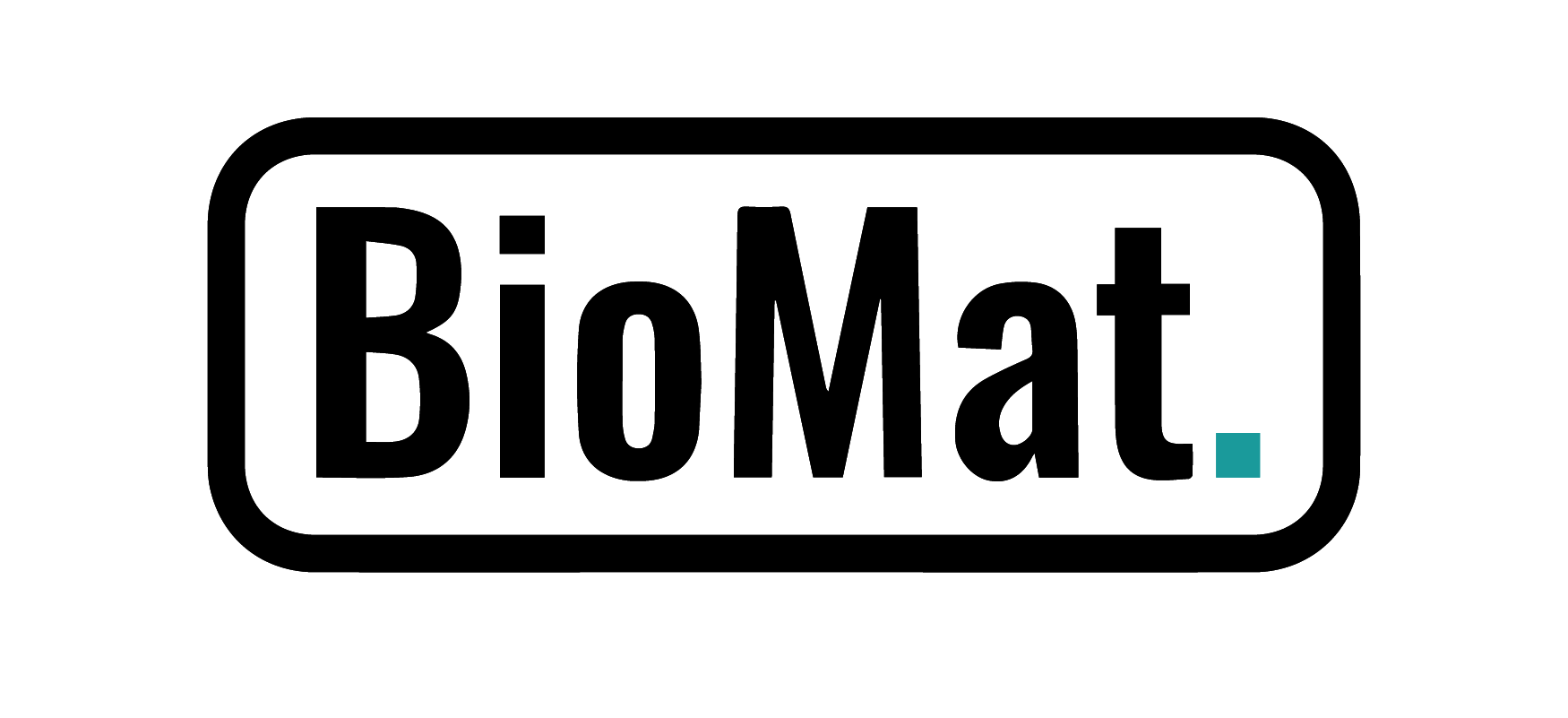More than 12 m long and 4 m width pavilion with height of 3 m is highly inspired by technic called twining. Twining is one of the oldest active bending technic, which constantly and broadly used in the bamboo products. It can strengthen the whole weaving structure and also highlight the beauty of the pattern. The idea was not merely applying this kind of weaving pattern on the shell structure, but to simplify it and find another combination. The concept respects properties of flexible board and give them a structural stiffness through its interweaving.
Category: Unbuilt
Triangulated Shelter
Concept gains an appearance of lightness and reduces the physical weight of the structure by dissolving the shell in triangular modules. Five or six of these triangles come together to pentagonal or hexagonal shape. Each side of the triangle consists of an originally planar stripe of flexible board with veneer on one side and textile on the other one. By these means, the material gets the necessary rigidity to work as a structural member of the pavilion but is still able to be bent to a certain degree. That is slightly bent. The still flexible connectors hold the triangles onto each other. After analysing of each component, students went through an optimisation process with the aim to limit the amount of different shapes and to simplify the geometry by using repeating elements.
The Mushroom
The Mushroom is a research pavilion for a design project organised by the Institut für Tragkonstruktionen und konstruktives Entwerfen in Stuttgart. The main material of this pavilion is BioFlexi. It’s a flexible and biodegradable material with a lot of possibilities of use.
Main goal while designing this material was to mimic textures of mushrooms.
Stacking Cloud
Inspiration started with the microanalyses of raspberries and how the paricular berries stick together.The idea was to think up a system of volumetric elements, created by various components, to populate a shelter-like structure. By playing with materials, pen, paper and 3D, was developed an component based on four arched Möbius strips out of biocomposite flexible board. It gave some stability, but only after adding 3D veneer from both sides of flexible board, the component got stiff and ready for further structural development. Those componentes are modular and can be populated to almost any shape with optimal structural design
Diatom
The research pavilion was inspired by Diatoms. Diatoms are a unicellular type of Phytoplankton. Although they are unicellular, they can form colonies in the shapes of filaments or ribbons.
The aspect that sparked the interest to take this biological-inspired concept was, that these unicellular diatoms lock vertically, their spines act as flaps and due to the shape of their spines they can prevent horizontal displacement. With this principle in mind the students developed a interlocking plug-in system.

Recent Comments